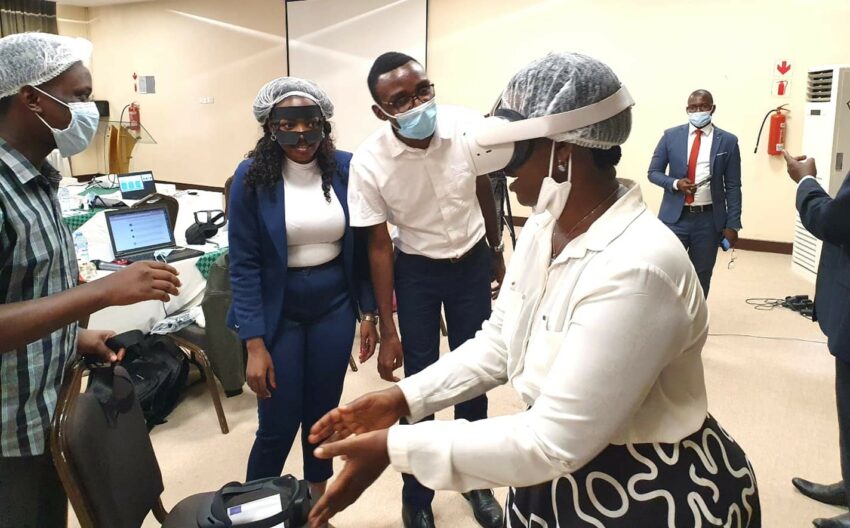Uganda has one of the highest global incidences of trauma from violence and injury, with road traffic mortality 40% above the global average.
This is particularly true in Kampala, where boda boda (motorcycle taxis) are frequently involved in accidents, causing life-threatening trauma injuries. A lack of knowledge and capacity to treat trauma and perform emergency procedures means that emergency workforce capacity building and training is considered a national priority by the Ugandan Ministry of Health.
Working with HEE’s Global team, the Royal College of Emergency Medicine, and the Uganda-UK Health Alliance, I was privileged to be part of a delegation from HEE and TEL conducting a mission to Uganda in March 2022. This was a scoping visit to learn more about the Ugandan health system, health education in Uganda and the context of health and education, with a view to offering support to reduce the burden of trauma through implementation of TEL.
Home to more than 40 million people, with a South Sudanese refugee population numbering over 1.5 million, Uganda is amongst the world’s poorest countries. However, Uganda also has one of the world’s youngest populations, who are ambitious with a desire to develop and improve their nation.
Meetings with the Ministry of Health, clinicians in hospitals in both urban and rural areas of the country, and academics, indicated high level support for the use of technology enhanced learning, specifically immersive technologies to deliver the necessary training to upskill health workers in emergency care.
A visit to the emergency department at Kampala’s main hospital and a visit to the country’s only ambulance station were revealing. These visits highlighted to me, the necessity of the work on trauma education but also how far there was to go in implementing solutions.
There were, however, encouraging discoveries along the way, such as encountering the ACE VR Laboratory (sponsored by the National Institutes of Health) at Makerere University in Kampala. The students at Makerere were just as passionate about VR as we are in TEL! Connectivity also proved to be less of a challenge than expected, with near-ubiquitous access to 4G mobile signal throughout the country, potentially enabling streaming of high quality immersive content. The visit culminated in a full day workshop, where those unfamiliar with immersive technologies were given the opportunity to try them using some of TEL’s equipment brought in for the event. This included showing holographic patients and images on Microsoft HoloLens, and 360 video footage and CGI content on the HTC Vive headsets. I also gave a demo of how easy it is to capture a 360 video by taking a photo of the audience and turning it into a learning object in real time.
Provision of high quality and accessible healthcare education will help the Ugandan health system to upskill their workforce to support trauma and emergency care. TEL’s immersive technology solutions will certainly go some way to addressing these challenges. We’re looking forward to continuing to work with Ugandan colleagues, supporting the implementation of innovative immersive technology solutions to upskill communities in both rural and urban areas to learn lifesaving skills.
